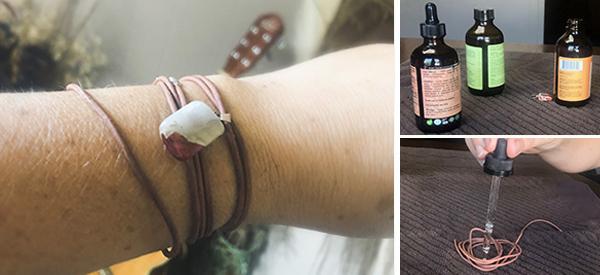
Herbal Mosquito Repellent Bracelets
It’s summertime! The time of year when we try our best to squeeze in as many minutes as we can outdoors before the last drop of sunlight fades into a gracious night. And as the sun sets and the air cools, one might be tempted to light a fire and hang outside a bit longer. But just when you start to think you could stay out all night, out comes the dreaded mosquitos and other bitey little insects.
Ugh…
Of course, none of us want to be eaten alive by insects or contract some horrible bug-born illness like the Zika Virus or West Nile Virus. But are poisonous insect repellents necessary, or are there better ways to keep the blood-sucking minibeasts at bay?
Toxins and Mosquito Repellents
First, mosquitos, ticks, and other biting insects can carry diseases. And in all honesty, you shouldn’t take insect-borne diseases lightly. You should definitely protect yourself and your family—but at what cost?
Traditional bug sprays often contain harmful ingredients, and it’s really important to weigh the risk versus the reward carefully. One of the most toxic ingredients in mosquito repellents that you’ve likely heard about is DEET.
DEET (N, N-Diethyl-meta-toluamide.) Although some argue that DEET is only toxic when used regularly or in large amounts, plenty of studies show that even small amounts of DEET can cause side effects ranging from minor to very serious. These side effects include allergic reactions, seizures, and brain malfunctions. For example, this 2001 review uncovered a case where respiratory distress and seizures developed in an 18-month-old boy following brief exposure to low-strength DEET. In addition, this same review showed that seizures were the most prominent symptom at 72%.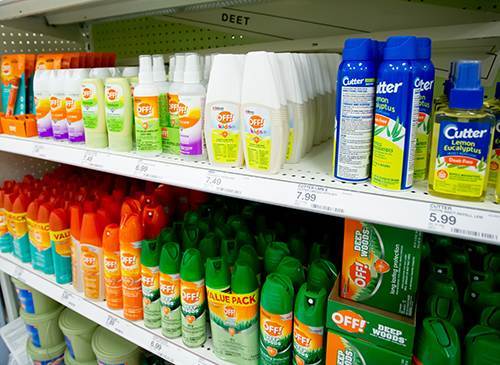
Further, several service personnel who served in the Gulf War were exposed to what were supposed to be “protective agents,” including DEET. As a result, many of these service men and women ended up with Gulf War Syndrome. In fact, of the three-quarters of a million service personnel involved in the Persian Gulf War, approximately 30,000 have complained of neurological symptoms. Symptoms range from chronic headaches, fatigue, and respiratory disorders to skin conditions.
DEET is also thought to have carcinogenic properties and has been linked to certain types of cancer.
If your pet inhales DEET, it may cause the airway to swell and close up, restricting your pet’s ability to breathe. In general, exposure to DEET may cause gastrointestinal and neurological issues in animals, such as trembling, vomiting, tremors, and convulsions or seizures.
Other toxic ingredients commonly found in bug repellents include:
- Pyrethroids – accumulates in fat cells, can cross the blood-brain barrier, toxic to the central nervous system, and may cause severe allergic reactions. In addition, many of these kinds of chemicals have been labeled as endocrine disruptors and classified as possible carcinogens – also toxic to fish and aquatic life.
- Permethrin– is linked to nerve damage resulting in seizures, cognitive decline, loss of motor function, and congenital disabilities— also harmful to aquatic animals and bees.
- Cyfluthrin – accumulates in fatty tissues, is linked to neurodegenerative diseases, liver failure, and fetal deformations, and is also toxic to aquatic animals and bees.
Although DEET-containing sprays may be the fastest and arguably most effective response to biting bugs, it doesn’t mean it’s the best one. You certainly don’t have to and probably shouldn’t use harmful chemicals to keep mosquitos and other bugs at bay.
Good for us… there is a safer solution… bug-repellent jewelry made with bug-repellent oils!

The coolest part is that they don’t smell bad like ordinary insect deterring products. They actually smell pretty nice, depending on the combination of oils you use. Customize your bracelet however you wish. No one ever needs to know your cool new bling… is bug-repellent jewelry.
Bug repelling essential oils
These mosquito repellent bracelets are super easy to make. We are merely taking leather cording, creating a fabulous bracelet, and adding a few drops of bug repelling essential oils. Then, when your bracelet runs out of grit, simply add a few more drops of the oils, and voila!
Easy peasy, right?
You can use any combination of the essential oils listed here for your bracelets, but I recommend that you include at least one of the first three.
Choose from these bug-repelling essential oils:
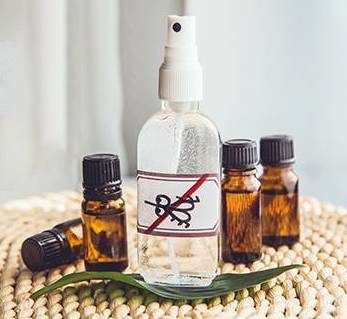
- Citronella – mosquitos, ticks
- Lemon Grass – mosquitos
- Lemon Eucalyptus – mosquitos, ticks
- Lavender – mosquitos, ticks
- Geranium – mosquitos, ticks
- Peppermint – mosquitos, ticks
- Tea Tree – mosquitos
- Cedar – mosquitos, ticks
- Clove – mosquitos, ticks
**Please Note
While essential oils are a great alternative to traditional bug sprays, many natural oils have not been tested for safety. You should use caution when applying essential oils on children younger than six months or if you are pregnant or nursing. In addition, you should never use essential oils on animals unless otherwise directed by a professional. Essential oils commonly used to ward off insects may contain natural yet potentially harmful chemicals that are dangerous to certain individuals and animals. Please do NOT use your homemade bug repellent bands for children younger than six months or on pets.
Homemade Mosquito Repellent Bracelet Instructions
You will need:
- A towel
- Bug repelling oils of choice
- Leather cording
- Charm (optional)
- Jewelry clasp (optional)
- Scissors
Step 1. First, lay out your towel, then measure out the leather cording by wrapping it around your arm until you make several loops. You can create as many loops as you want, but multiple loops allow for more surface area to be saturated with the oils. Cut the cord once you’ve chosen the desired length.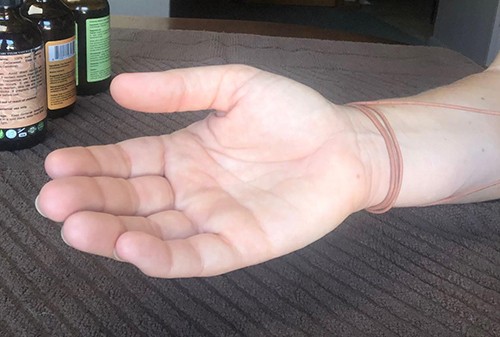
Step 2. Coil the cord so that it’s easier to saturate.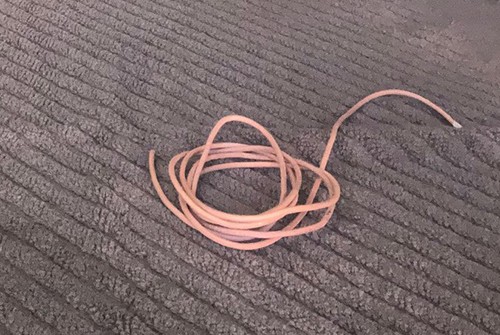
Step 3. Drip drops of your chosen oils all over the chord. You’ll want to apply a drop of oil at least every couple of inches.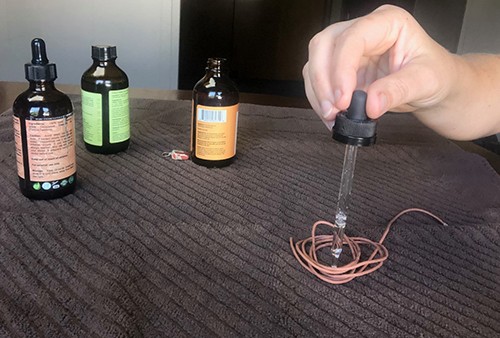
Step 4. Once you’ve applied the desired amount of oils, rub your forefinger and thumb down the length of the cord to ensure it’s distributed evenly. You may want to let it dry for a few minutes if the cord becomes tacky.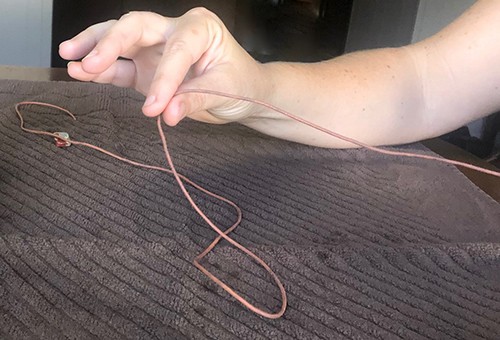
Step 5. If you are using a charm, slide it on now.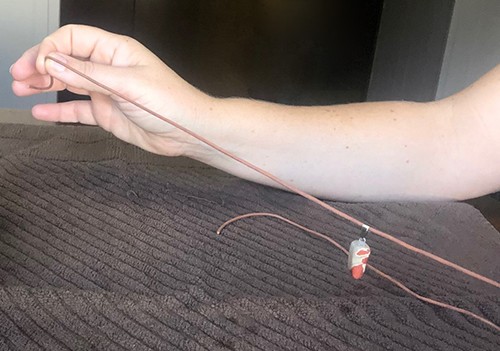
Step 6. (optional) If you have a clasp that you want to use on the ends, you can apply them using a pair of pliers. If you aren’t using clasps, skip to step 7.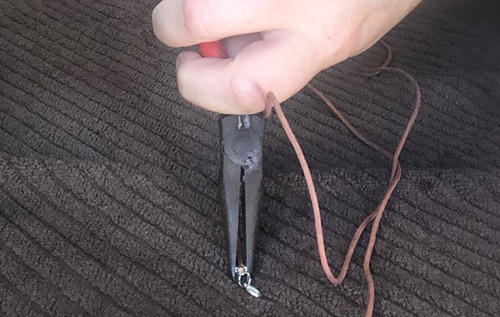
Step 7. Tie a double knot at the end of your cord.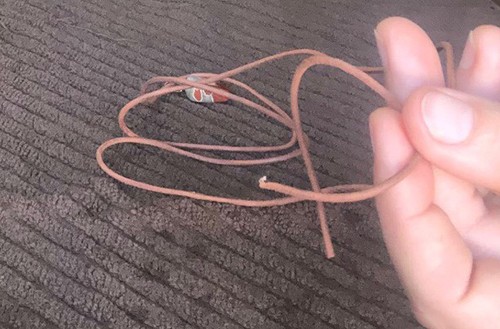
When the scent on your bug-repelling bracelet begins to fade, you can add a few more drops of oil and revamp its effectiveness.
You can also make a bug-repellent necklace, anklet, or other jewelry if you want. Or… make one of each and wear them all!
If you are bitten by an insect..
You can rub a little apple cider vinegar on the bite or crush and apply a fresh plantain (Plantago spp.) leaf on it for relief. A slice of raw onion or fresh garlic works well too and will also protect against infection. Additionally, a dab of lavender essential oil will help to calm bites and prevent infection.
My All-Purpose (First Aid) Salve is an outstanding remedy as well. With a potent blend of lavender, plantain, calendula, and other soothing herbs, it quickly stops the pain from stings and bites. What’s more, the formulation was developed to halt infections and rapidly heal the skin. It’s easy-to-use and highly effective — so much so that it is one of my family’s top, go-to herbal remedies!
DIY Mosquito Trap That Really Works!
40 Interesting Home Reliefs from Our Grandparents That Could Help You (Video)
5 Plants That Keep Mosquitoes Away









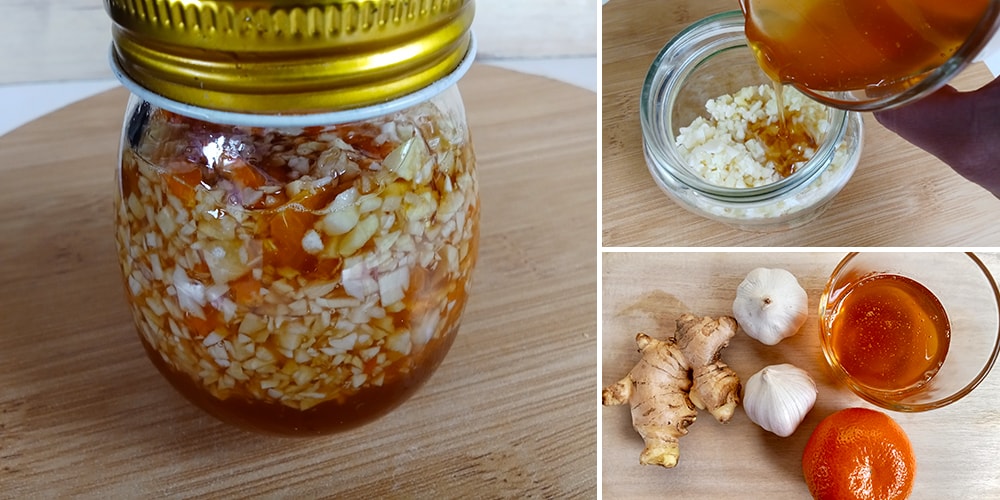


Amazing I am going to try this thank you
I hope people are cautious of the essential oils that should be used with a carrier oil. I had lavender without a carrier oil on a necklace that touched my skin and it caused severe irritation.
Not all EOs are created equal, and not all advisories are one size fits all.
I have used some oils undiluted without repercussion where it was advised to dilute or use a carrier. Others may need to follow those instructions though. Everyone is different and any individual underlying ailments may cause different reactions. The key is to listen to YOUR body.
Thanks for pointing that out. I’m new to using oils, what is a carrier oil? What would I get and what should the ratio be of carrier oil to the other oil?
A carrier is an oil such as almond, olive
That varies from person to person. I always put raw essential oils on my body but yes a buffer of olive oil or coconut oil works too.
Thanks for the information about carrier oils, I appreciate it. How much of the essential oil should go into the carrier oil? For example, is it a ratio of 1 drop of essential oil(s) to 1 drop of carrier oil? are those ratios usually found on the labels? How do I determine that. I can see it is important to put it in a carrier oil so I want to make sure I am doing it correctly. Thank you!
Carier oil is any vegetable oil you have: sun flower oil, olive oil, coconut, sesame, avocado….any you preffer will work
The esential oils usually are volatile and will dry up quickly but mixed with this vetable oil, he will get into the skin in the deeper layer and can be eventually transported into the blood system and they can do their work..
Hi there,
I’m a clinical aromatherapist and undiluted essential oils should never be used directly on the skin especally when concentrated on one spot like the leather being in direct contact with the skin constantly. I agree with a previous poster that it should be diluted with a carrier oil before being put on the leather to reduce the chance of a reaction. Remember, essential oils are super concentrated. Apart from this it is a great idea.
As a Gulf war veteran with Gulf war Syndrome let me correct your facts. You stated that “In fact, of the three-quarters of a million service personnel involved in the Persian Gulf War, approximately 30,000 (Actually it is over 300,000) have complained of neurological symptoms (MS, ALS, brain disorders, Fibromyalgia and all cancers imaginable). Symptoms range from chronic headaches, fatigue, and respiratory disorders to skin conditions. I love these articles as I have been trying to figure out myself how to go more natural and get off of all the pharmaceuticals that kill me with side effects. Thanks TJ.